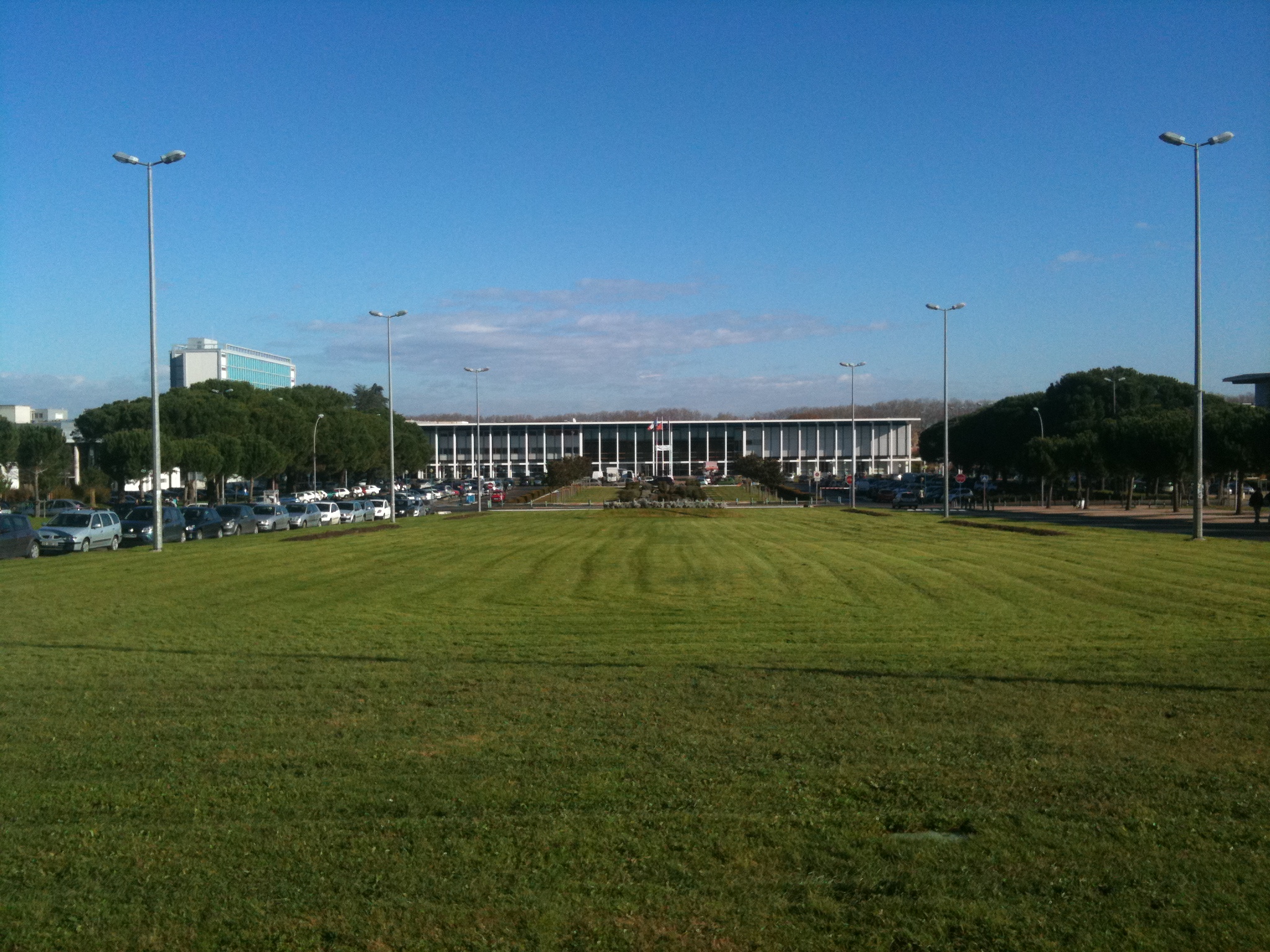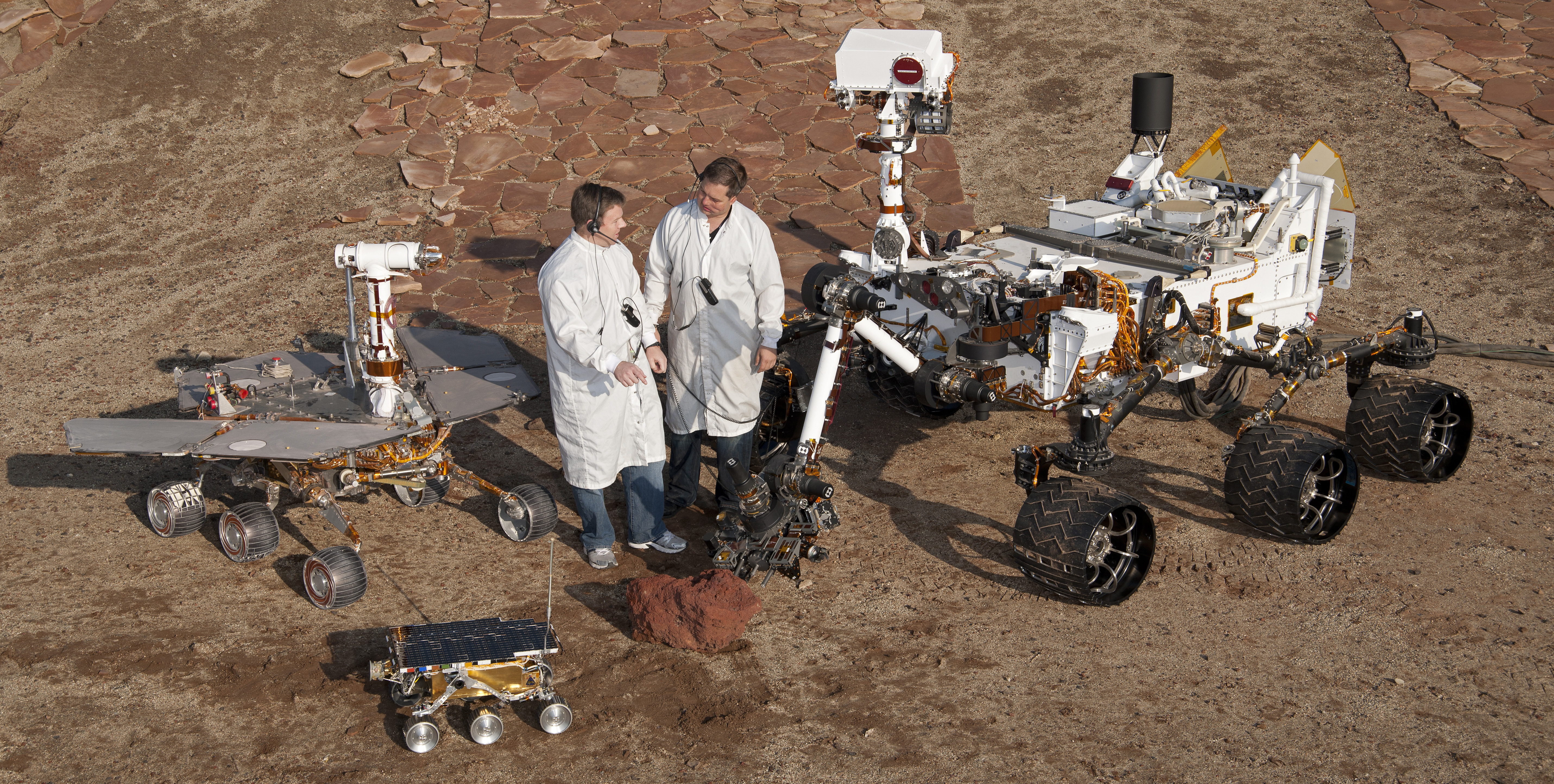|
Institut De Recherche En Astrophysique Et Planétologie
The Institut de Recherche en Astrophysique et Planétologie (IRAP), formerly the Centre d'Etude Spatiale des Rayonnements (CESR), is a French laboratory of space astrophysics. It is located in Toulouse. The center's main areas of investigation are: space plasmas, planetology, the high energy universe, and the cold universe. The center is jointly operated by CNRS and Toulouse's Paul Sabatier University, and was opened on 1 January 2011. Projects The ChemCam instrument on the ''Curiosity rover'' ( Mars Science Laboratory) was developed by CESR in conjunction with the Los Alamos National Laboratory. It landed on the planet Mars in August 2012. The SuperCam instrument on the ''Perseverance rover'' ( Mars 2020) was developed by IRAP in conjunction with the Los Alamos National Laboratory. It landed on the planet Mars in February 2021. See also *Observatoire Midi-Pyrénées The Observatoire Midi-Pyrénées (OMP) is an astronomical observatory part of Toulouse III - Paul Sabati ... [...More Info...] [...Related Items...] OR: [Wikipedia] [Google] [Baidu] |
Toulouse
Toulouse ( , ; oc, Tolosa ) is the prefecture of the French department of Haute-Garonne and of the larger region of Occitania. The city is on the banks of the River Garonne, from the Mediterranean Sea, from the Atlantic Ocean and from Paris. It is the fourth-largest city in France after Paris, Marseille and Lyon, with 493,465 inhabitants within its municipal boundaries (2019 census); its metropolitan area has a population of 1,454,158 inhabitants (2019 census). Toulouse is the central city of one of the 20 French Métropoles, with one of the three strongest demographic growth (2013-2019). Toulouse is the centre of the European aerospace industry, with the headquarters of Airbus, the SPOT satellite system, ATR and the Aerospace Valley. It hosts the CNES's Toulouse Space Centre (CST) which is the largest national space centre in Europe, but also, on the military side, the newly created NATO space centre of excellence and the French Space Command and Space Academy. Thales ... [...More Info...] [...Related Items...] OR: [Wikipedia] [Google] [Baidu] |
CNRS
The French National Centre for Scientific Research (french: link=no, Centre national de la recherche scientifique, CNRS) is the French state research organisation and is the largest fundamental science agency in Europe. In 2016, it employed 31,637 staff, including 11,137 tenured researchers, 13,415 engineers and technical staff, and 7,085 contractual workers. It is headquartered in Paris and has administrative offices in Brussels, Beijing, Tokyo, Singapore, Washington, D.C., Bonn, Moscow, Tunis, Johannesburg, Santiago de Chile, Israel, and New Delhi. From 2009 to 2016, the CNRS was ranked No. 1 worldwide by the SCImago Institutions Rankings (SIR), an international ranking of research-focused institutions, including universities, national research centers, and companies such as Facebook or Google. The CNRS ranked No. 2 between 2017 and 2021, then No. 3 in 2022 in the same SIR, after the Chinese Academy of Sciences and before universities such as Harvard University, MIT, or Stanford ... [...More Info...] [...Related Items...] OR: [Wikipedia] [Google] [Baidu] |
Paul Sabatier University
Paul Sabatier University (''Université Paul Sabatier'', UPS, also known as Toulouse III) is a French public university, in the Academy of Toulouse. It is one of the several successor universities of the University of Toulouse. Toulouse III was named after Paul Sabatier, winner of the 1912 Nobel prize in chemistry. In 1969, it was established on the foundations of the old Toulouse university that was itself founded in 1229. The Université Paul Sabatier (UPS), an educational leader in France's Midi-Pyrénées region, offers a broad array of programs in the sciences, technology, health, and athletics. University research activities * Space, earth sciences, climate * Computer science and electronics * Life sciences * Water, process engineering, chemistry * Materials (among others, collaboration with CEMES), solid state physics, aeronautics, astrophysics Major fields of study Major fields of study include sciences, engineering, and athletics. Bachelor The universit ... [...More Info...] [...Related Items...] OR: [Wikipedia] [Google] [Baidu] |
Chemistry And Camera Complex
Chemistry and Camera complex (ChemCam) is a suite of remote sensing instruments on Mars for the Curiosity (rover), ''Curiosity'' rover. As the name implies, ChemCam is actually two different instruments combined as one: a laser-induced breakdown spectroscopy (LIBS) and a Remote Micro Imager (RMI) telescope. The purpose of the LIBS instrument is to provide elemental compositions of rock and soil, while the RMI will give ChemCam scientists high-resolution images of the sampling areas of the rocks and soil that LIBS targets. The LIBS instrument can target a rock or soil sample from up to away, vaporizing a small amount of it with about 30 5-nanosecond pulses from a 1067 Nanometre, nm infrared laser and then observing the spectrum of the light emitted by the vaporized rock. Overview ChemCam has the ability to record up to 6,144 different wavelengths of ultraviolet, visible, and infrared light. Detection of the ball of luminous plasma is done in the visible, near-UV and near-infr ... [...More Info...] [...Related Items...] OR: [Wikipedia] [Google] [Baidu] |
Curiosity (rover)
''Curiosity'' is a car-sized Mars rover designed to explore the Gale crater on Mars as part of NASA's Mars Science Laboratory (MSL) mission. ''Curiosity'' was launched from Cape Canaveral (CCAFS) on November 26, 2011, at 15:02:00 UTC and landed on Aeolis Palus inside Gale crater on Mars on August 6, 2012, 05:17:57 UTC. The Bradbury Landing site was less than from the center of the rover's touchdown target after a journey. Mission goals include an investigation of the Martian climate and geology, assessment of whether the selected field site inside Gale has ever offered environmental conditions favorable for microbial life (including investigation of the role of water), and planetary habitability studies in preparation for human exploration. In December 2012, ''Curiosity'' two-year mission was extended indefinitely, and on August 5, 2017, NASA celebrated the fifth anniversary of the ''Curiosity'' rover landing. On August 6, 2022, a detailed overview of accomplishme ... [...More Info...] [...Related Items...] OR: [Wikipedia] [Google] [Baidu] |

.jpg)


